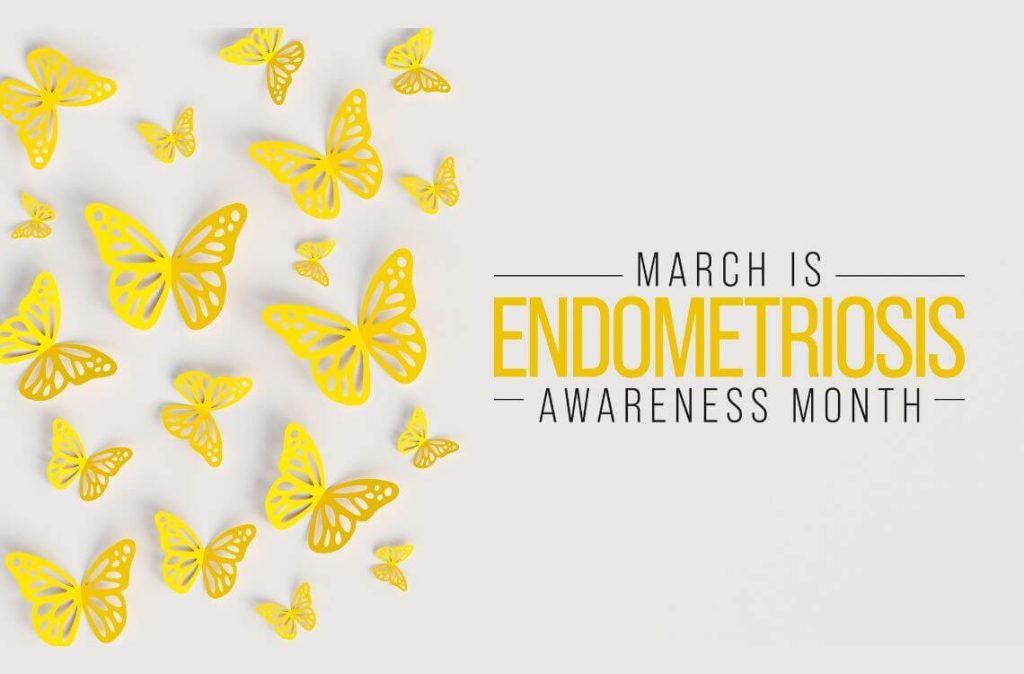In Malaysia, endometriosis affects an estimated 350,000 women—and roughly 10 percent (190 million) of reproductive-age women and girls globally.
Despite it being fairly common, many women are still not familiar with the symptoms and causes of endometriosis, which can lead to delayed diagnosis and treatment.
In observance of Endometriosis Awareness Month, TMC Fertility aims to raise awareness about endometriosis and its profound impact on fertility.
The Silent Battle
Endometriosis is a chronic disease where tissue resembling the uterine lining grows outside the uterus.
Though it is a condition affecting millions of women all over the world, it often remains veiled in mystery and misconceptions.
Many struggle silently with undiagnosed symptoms—including severe pain during periods, sexual intercourse, bowel movements, and urination, alongside chronic pelvic pain, abdominal bloating, nausea, and fatigue.
Consequently, these symptoms can often even lead to mental health issues like depression and anxiety.
It may also be more difficult for them to become pregnant.
30% to 50% of infertile women are diagnosed with endometriosis, with their infertility likely rooted in a distorted anatomy of the pelvis, adhesions, scarred fallopian tubes, inflammation of the pelvic structures, altered immune system functioning, changes in the hormonal environment of the eggs, impaired implantation of a pregnancy, and altered egg quality.
Highlighting the challenges faced by women with endometriosis, Dr. Liza Ling Ping, Consultant Obstetrician & Gynaecologist, Fertility Specialist of TMC Fertility, emphasises, “As we navigate Endometriosis Awareness Month, our focus extends to shedding light on the profound impact of this condition on infertility.
We hope it can help empower women to seek timely diagnosis and access comprehensive care, so that no woman faces the hardships of endometriosis alone.”
Echoing this sentiment, Surita Mogan, Founder and President of Endometriosis Association of Malaysia (MYEndosis), sheds light on the lack of awareness in Malaysia, stating, “There are many females who are affected by endometriosis in Malaysia. Unfortunately, there is limited documentation on these females.
Malaysians generally are not aware of what endometriosis is and why some women have this condition because it is often considered as a taboo subject. People are quite uncomfortable speaking about menstrual health openly.”
Four Stages of Endometriosis
There is currently no cure for endometriosis, but getting an official diagnosis for the disease can help classify the stages of endometriosis based on the severity of the condition and the level of pain.
After diagnosis, there are several treatment options available that aim to ease the symptoms so the condition does not interfere with daily life.
Stage I: Minimal Endometriosis
During this phase of the condition, small and scattered patches of endometrial tissue exist outside the uterus, typically located on the pelvic lining or ovaries. Symptoms may not be evident in some cases. However, mild pelvic pain or discomfort during menstruation might be present.
Stage II: Mild Endometriosis
At this stage, there is an increased number of tissue patches,and they might be slightly deeper. These patches may also appear on the fallopian tubes and the ligaments supporting the uterus. Besides mild pelvic pain, there could be painful menstruation, discomfort during intercourse, and difficulty getting pregnant in some cases.
Stage III: Moderate Endometriosis
For stage 3, there will be an increased amount of tissue patches. There may also be scar tissue and adhesions. In addition to the symptoms in the previous stages, chronic pelvic pain and digestive issues might be experienced.
Stage IV: Severe Endometriosis
In the fourth stage, there would be many deep-seated tissue patches, often accompanied by large cysts and extensive scarring. Pain might be more severe and particularly heightened during menstruation and sexual intercourse. Additionally, there would likely be painful bowel movements and frequent urination.
Shattering Silence, Empowering Women with Endometriosis
If endometriosis is suspected and conceiving is an issue, making an appointment with a reproductive endocrinologist or gynaecologist that specialises in endometriosis and reproductive surgery will provide patients with the right treatment options that will preserve and improve fertility.
A fertility specialist will consider a person’s age, overall health, symptoms and other factors—including their conceiving goals—when determining which treatment is best.
Treatment choices include medicine, surgery or both.
Fertility specialists may also recommend laparoscopic surgery to remove abnormal tissue growths or refer patients to reproductive endocrinologists for specialised fertility treatments.
In rare cases, open surgery is needed. In all cases, a specialist will consider all treatment options to determine a patient’s timeline to conceive and explain the best options for them to manage their symptoms.
“At TMC Fertility, our commitment lies in offering unwavering support and personalised care to our patients, ensuring they have the best access to seek expert guidance and professional advice,” adds Dr Liza Ling Ping.
More information about TMC Fertility can be found at www.tmcfertility.com, by contacting TMC Fertility’s Careline at +6018 211 1088 / +6016 211 1357, or via e-mail at ivf.info@tmclife.com.
For more insightful stories and fun recipes, stay tuned to Motherhood Story!
